Layout By: Jiayi (Jessica) Lin
THE OEI BULLETIN
Hispanic Heritage Month
10/2024

This September, Miss Porter’s is honoring Hispanic Heritage Month, which celebrates and uplifts Hispanic and Latine people all over the world. In this edition of the bulletin, topics will be covered such as Hispanic identities in visual art, which covers the power of visual art and how artists send an impactful message through their work. Also,
you will learn about the famous salsa singer and dancer Celia Cruz. Finally, Ariana explains what a connection through food means to her. We are also grateful to Holly Machado for her contributions as a guest writer this month. Happy Hispanic Heritage Month to everyone and enjoy reading!
Disconnect to Reconnect
By Holly Machado - Guest Writer
I didn’t know I was Hispanic until the fourth grade. I just simply never recognized it. There’s a joke amongst my sister and me that we were “born white,” since we grew up disconnected from half of our family’s culture. While, racially, we are white, we are also very proud of our Cuban and Puerto Rican heritage.
Growing up, it was always my sister and I. “Fake Irish twins,” we call ourselves, being born only sixteen months after each other. Two little brown girls attached at the hip with the most European names you’ll ever hear. However, I knew not a thing about myself. I grew up mostly with my mother’s family, Italian-Americans from New Jersey, and boy, they won’t ever let you forget it. I didn’t see any difference between myself and my fifteen other white classmates. Together, we played, laughed, and made up fictional lives for ourselves. What more was there? It was not until I was nine years old with a paragraph assigned for homework: Where does your family come from? My first time hearing the words “Hispanic” or “Latino.” Coincidentally, earlier in the day, a white classmate of mine had walked up, freshly returned from a vacation in Puerto Rico, and took my arm against hers, “Hey! I’m tanner than you!” Despite our laughter, our teacher glared at her. It took a few years before I understood her expression. Even after I grew up and my tan faded, I thought about that interaction a lot.
Growing up, I despised not understanding what my family was saying, or the fact that my dad hardly ever spoke to me in Spanish at all, but I hated my accent. Sure, I could roll an ‘r’ or correctly pronounce someone’s last name, but I felt like I was faking a part of myself. I refused a quinceñera for fear of not being “Latina enough.” Finding validation in media was few and far between. The only Spanish I could understand was spoken slowly, and the only responses I could muster were broken phrases with regretful English words sprinkled in. Once I finally started to realize what was expected of me socially as a Latina, it bugged me more and more that I had no linguistic connection to my culture at all. It took a lot of work and extreme attention to anything and everything I was taught in my Spanish classes, but I finally reached fluency by my junior year of high school.
Moving away from home at fifteen years old was one of the hardest decisions to make, but ultimately gave me so much more than I could have ever asked. While I had to walk away from the only family I had, I got to make a whole new one in the process. The connection between community and identity is stronger than steel.
There is always something to learn, to reconnect with, to gain. And to those of you who feel like you can’t reconnect with a part of yourself for fear of “faking” it, who’s to tell you who you are?


A Connection Through Food
By Ariana Lopez Orellana
Food might just be a substance providing nutrients and energy to some, but to others, its significance runs deeper than that. It is often found that in Hispanic families, food is used to demonstrate your love, bond with family members, and create unforgettable memories. My first vivid memory of food was gathering with my family on a hot summer day on my paternal grandmother’s farm to eat sopa de gallina India. I could hear all the adults talk about their days and the memories that brought them joy while the children, my cousin, and I, sat by our mothers attentively waiting for them to feed us. The rich waves of laughter and the strong love flowing through our uncles, aunts, grandparents, and parents filled my little heart with joy. Sharing a meal with them was something I always looked forward to throughout my childhood. As a young child, these memories of food allowed me to develop a stronger connection with my family and with food itself.
As I grew up and moved away from my family in El Salvador, I adapted to a new way of life. I no longer had the opportunity to share a meal with the family I grew up with, and instead had to share meals with family members I hardly knew. In addition, I had to get used to new recipes, new flavors, and different ingredients. However, amidst all these changes, I established a new bond with my maternal grandma through our shared love for food. While making any meal, she taught me where each ingredient came from, how to appreciate them for allowing us to use them to create something nutritious, and how to use our love and passion to make something delicious for our family. Soon after, sharing meals with my newly found family became something that I looked forward to, and the new flavors of all my meals became familiar
As I have perfected these recipes throughout the years, food became a way I could share not just my love, but also my culture with others. I often found myself cooking for my friends and the Porter’s community (with a few mishaps in Senior Kitchens) to express my love. Food allowed me to create a stronger connection with a community I once felt disconnected from, and has also let me teach others about my heritage. To me, food is more than just food; it is about the experiences, the love, and the devotion you put into a meal.
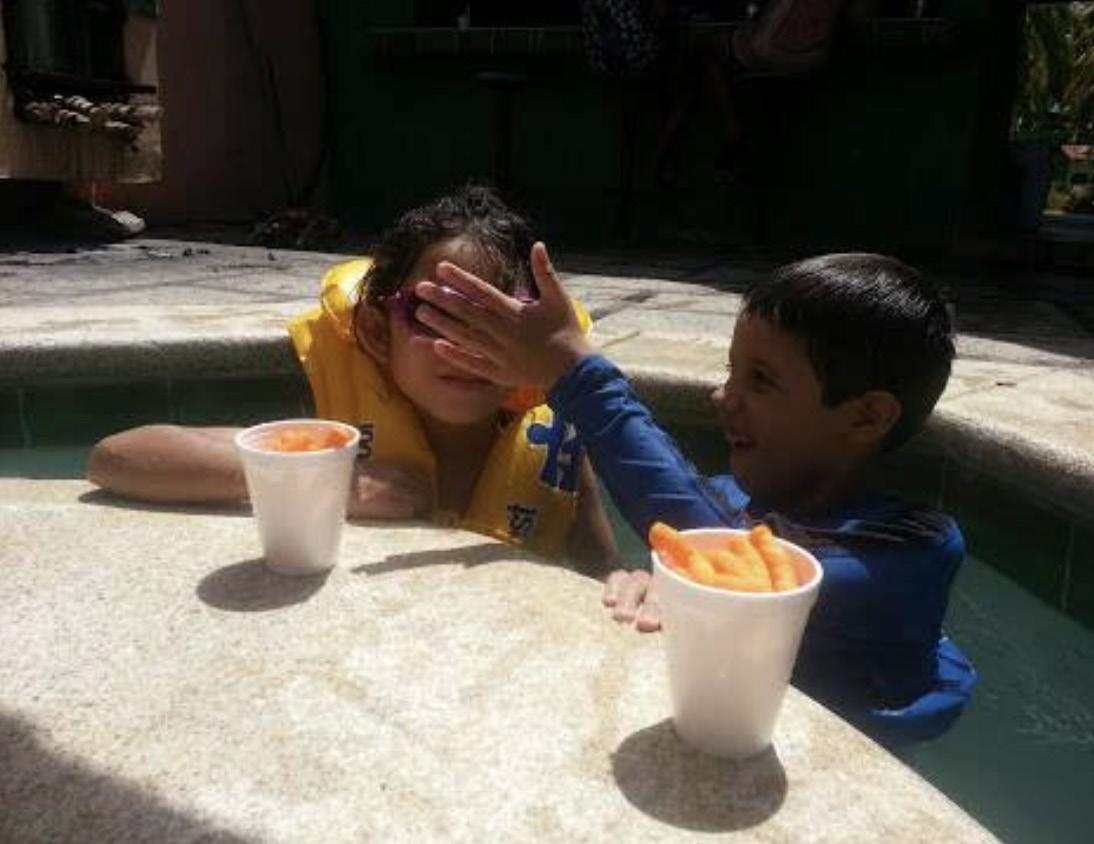
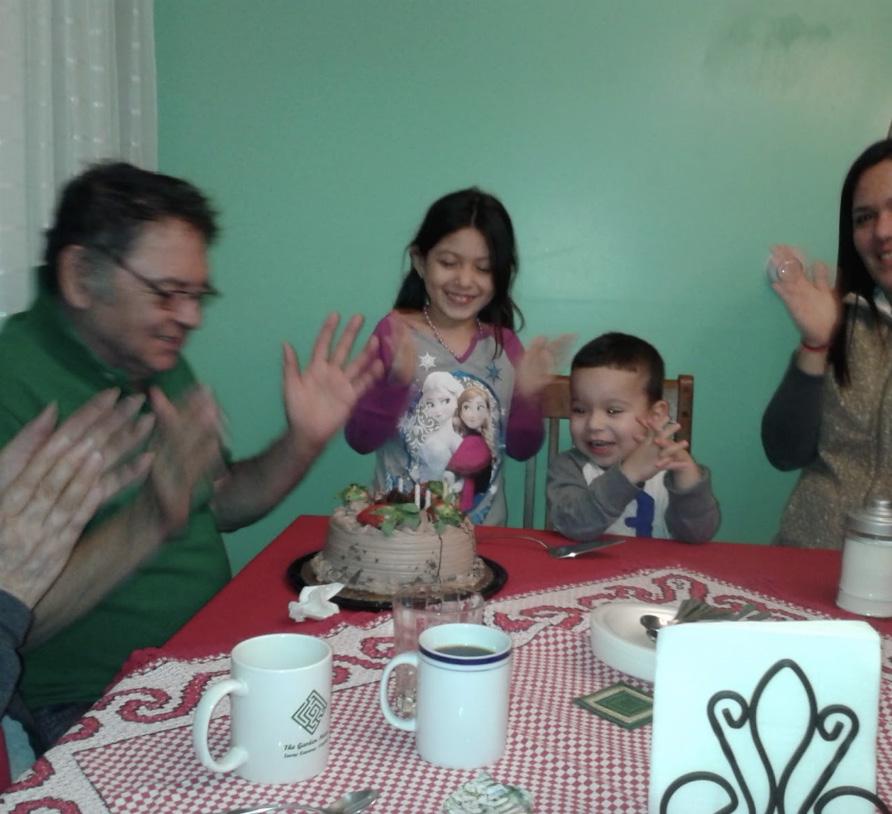

Celia Cruz
By Sophia Seraile Yam
Throughout American history, there have been countless phenomenal and influential Hispanic and Latinx people who have made a major impact on American culture and society. The theme of the 2024 Hispanic Heritage Month is, “Pioneers of Change: Shaping the Future Together.” The theme encapsulates the spirit of innovation, resilience, and unity that define the Hispanic and Latino experience. It recognizes those who have been trailblazers and game changers paving the way for future generations.” Celia Cruz is one of these talented Latinas who have made incredible contributions to America.
Celia Cruz was a Cuban singer and one of the most popular Latina artists during the 20th century. She was born on October 21, 1925, in Havana, Cuba to her parents, Simon Cruz and Catalina Alfonso. She rose to fame in 1950 in Cuba and mastered various styles of Afro-Cuban music. However, before becoming a salsa singer, she was a dancer and performer.
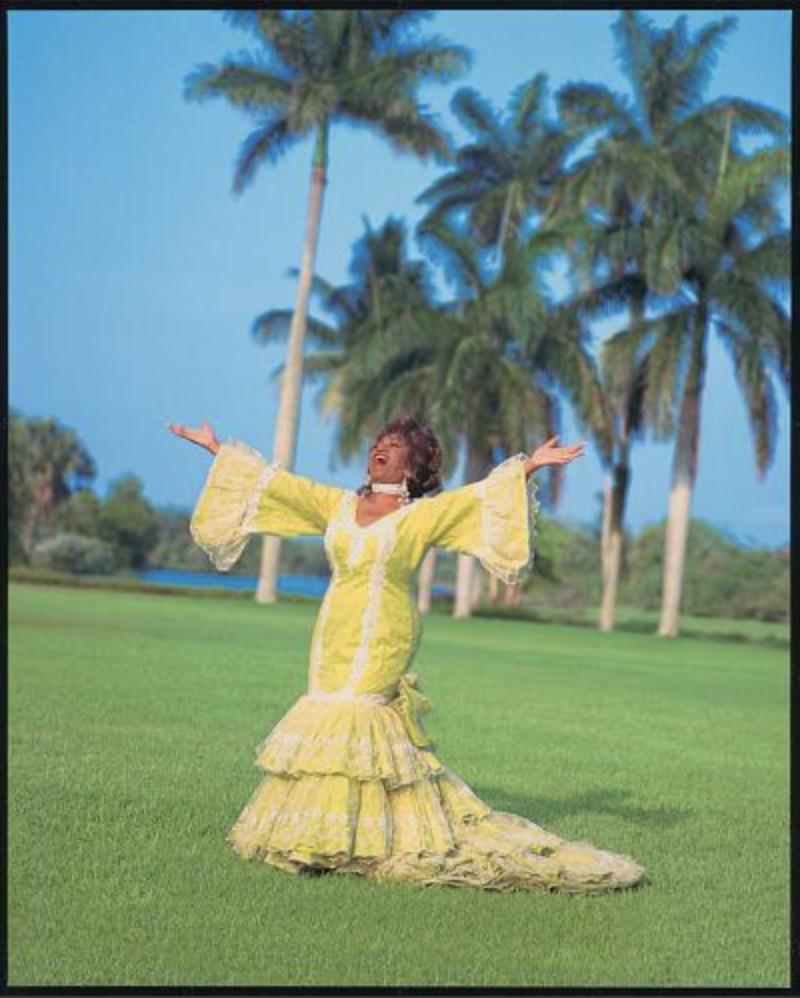
After being exiled from Cuba because she wanted to continue her career, she moved to Mexico and then the United States. She immigrated to the US in 1961 and worked with others to create what is known as the salsa boom. Her catchphrase was the Spanish term “Azúcar!”, which highlighted the history of enslaved Cuban people on sugar plantations. During the 60s, she collaborated with Tito Puente, and released her hit song, “Bemba Colorá”. She was signed with Fania All-Stars and spread salsa music everywhere.
Celia Cruz had many amazing performances and received many accolades during her lifetime. She was given the city keys to 4 cities and performed at both Carnagie Hall and the Hollywood Palladium. She also received the Hispanic Herritage Lifetime Award, the President’s Award for the National Endownment for the Arts, 23 gold albums, 3 Grammy Awards, and 4 Latin Grammy Awards. She was also recently immortalized in the U.S. quarter.


Hispanic Identites in Visual Art
By Georgia Achilles
Visual art has the power to document stories, shift narratives, and expand our understanding of ourselves. The Hispanic diaspora encompasses countless communities and experiences, thus making the depictions of Hispanic identity beautifully fluid and constantly evolving. Whether as a means of documentation, celebration, introspection, or advocacy, the artists highlighted below masterfully express Hispanic identities through artistic mediums.
Deb Leal is a Mexican-American photographer and filmmaker based in Brooklyn, NY. Highly regarded, her work has been featured in publications like The New York Times and in galleries like the DeYoung and Tenderloin Museums. Heavily influenced by her Chicano upbringing, Leal’s portraits are marked by bold color and explore time and identity through intimate portraits of everyday moments.
“There’s beauty in plucking a moment in 1/125th of a second that speaks to the vast expanse of time and human experience in a moment of joy. I find it fascinating to examine what translates movement, whether that be physical or emotional, in everyday life. Growing up in a Latino household meant hearing the operatic vocals of Ranchera music and seeing Catholic iconography at every turn, so I can only imagine this is where I began to pull at threads.”


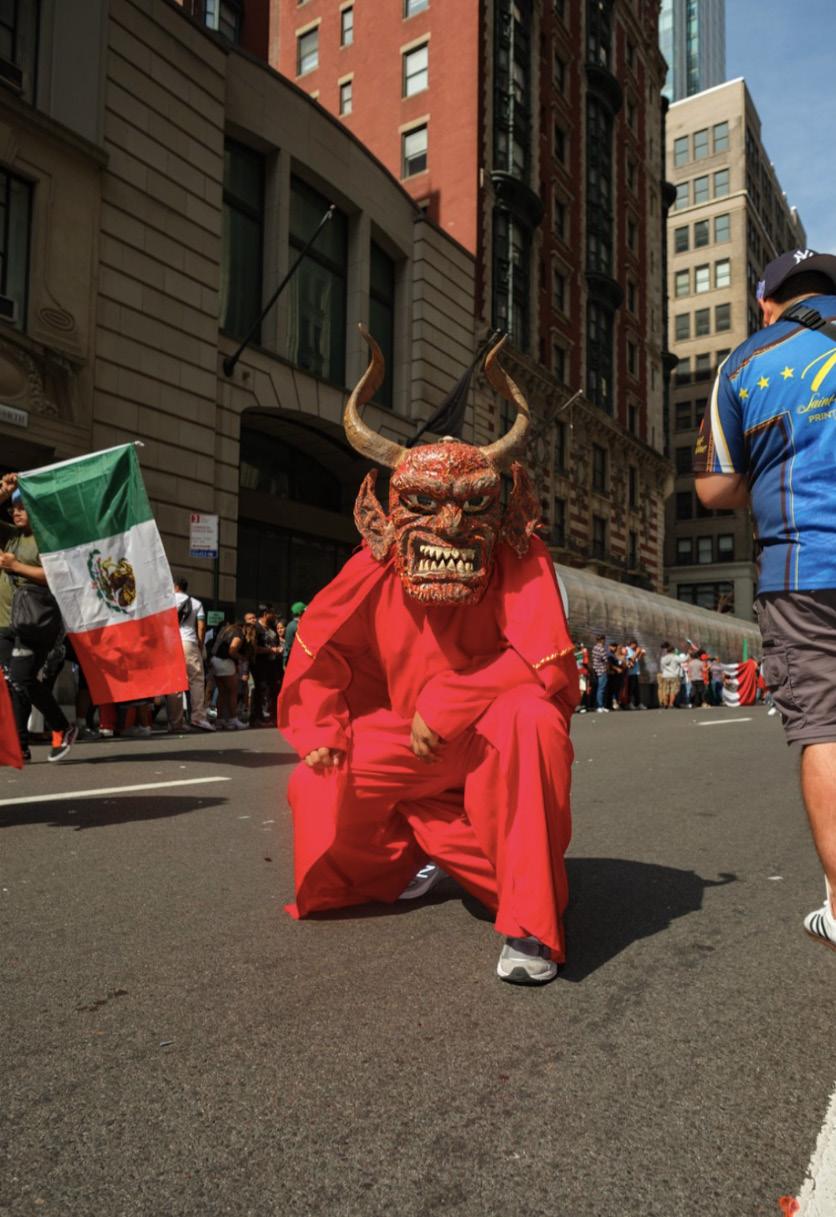
Roberto Lugo is a Puerto Rican-American artist, activist and poet based in Philadelphia, PA. His work unites ceramics with pop culture through iconography that celebrates communities of color. His intricate pieces aim to call out racial injustice and represent the experiences of the Black and Latine communities in the fine art space. His work can be found in galleries across the country, and on permanent display in the National Museum of African-American History and Culture.
“When teenagers see somebody who looks just like them, that came from the same place, who’s making a living off of something like pottery, what’s really implicated is bigger than pottery”
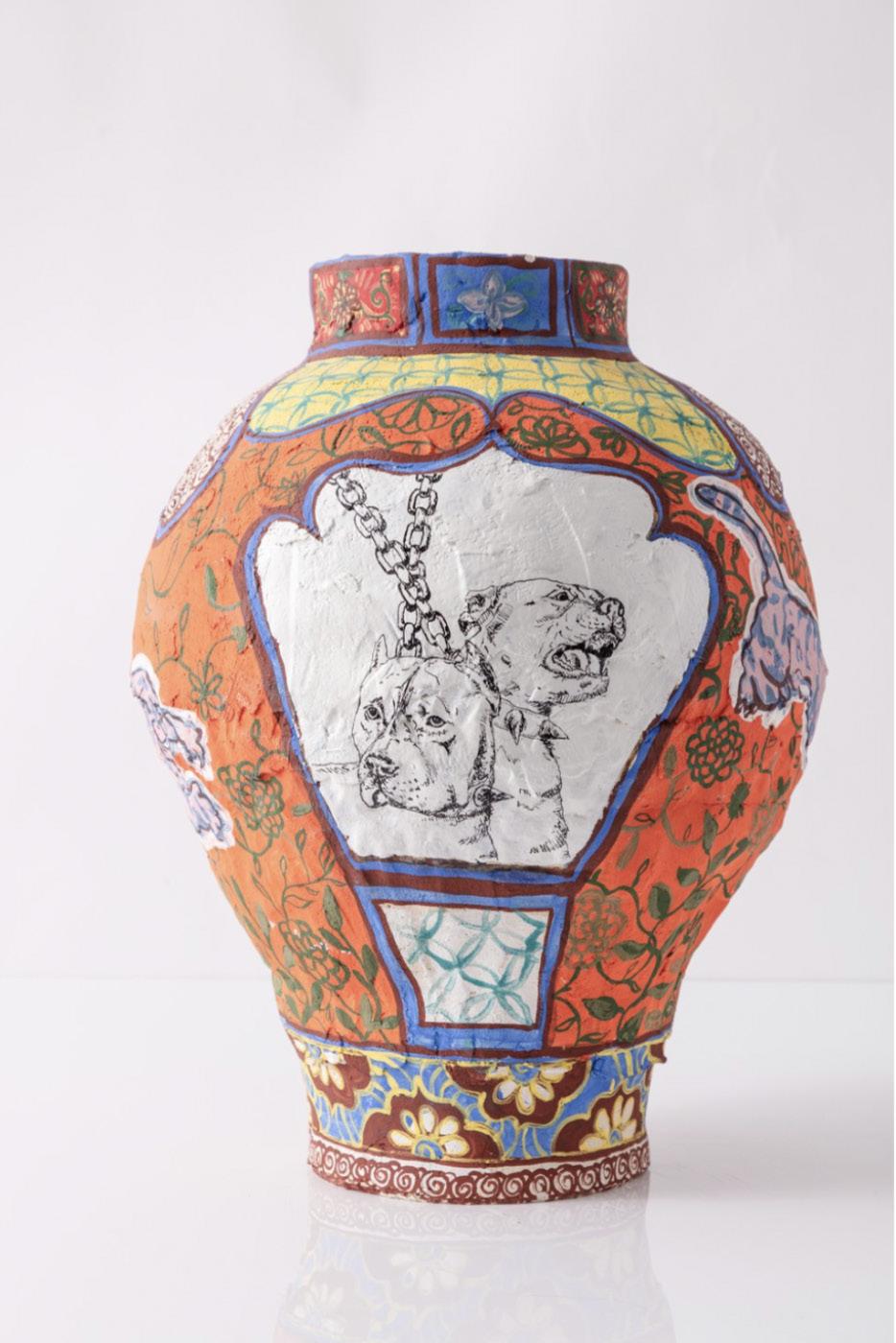


Maria Fragroso is a painter who has spent her artistic career between the US and Mexico. Her narrative works investigate our intrinsic need for human connection, and most often depict women. The figures in her paintings draw on the styles of contemporary Mexican artists, but are elevated by her feminine motifs and metaphorical objects. Battling homophobia and expanding on racial identity, her paintings exist at a crossroads of Mexican and American cultures.
“My relationship with Mexico is very personal and emotional. And my relationship with the United States has a healthy distance. Which offers a special kind of freedom, but the question of belonging becomes important and complex for both cases.”



Bibliography:
Celia Cruz - Sophia Seraile Yam “Celia Cruz: Queen of Salsa (U.S. National Park Service).” Www.nps.gov, www.nps.gov/articles/000/celiacruz-queen-of-salsa.htm.
“Press-Release.” Illinois.gov, 2022, ltgov.illinois.gov/news/press-release.30414.html. Accessed Sept. 2024.
Prieto PhD, Laura. “Celia Cruz.” National Women’s History Museum, 2015, www.womenshistory.org/education-resources/biographies/celia-cruz.
Hispanic Identities in Visual Art - Georgia Achilles
“María Fragoso.” Plus Magazine, 5 July 2023, plusmagazines.net/maria-fragoso/.
“WORKS ON PAPER.” MARÍA FRAGOSO JARA, www.mariafragoso.com/works-on-paper.
“María Fragoso Jara: Bodas de Sangre.” 1969 Gallery, www.1969gallery.com/maria-fragoso-jara-bodas-de-sangre.
“Interdisciplinary Artist.” DEB LEAL, debleal.com/bio.
“Deb Leal - Meet the Artist: ArtConnect Magazine.” ArtConnect, www.magazine.artconnect.com/deb-leal.
“Work.” Roberto Lugo, www.robertolugostudio.com/work?itemId=tvmypqd1roufptkukjeb7a6aqnkhyr.
“Roberto Lugo.” National Museum of African American History and Culture, 2022, nmaahc.si.edu/latinx/roberto-lugo.
Design Miami. (n.d.). The village potter. https://designmiami.com/article/the-village-potter
Front Page Image
“WFAEats: Celebrating Hispanic Heritage in Charlotte.” WFAE 90.7 - Charlotte’s NPR News Source, 4 Oct. 2019, www.wfae.org/wfaeats/2019-10-04/wfaeats-celebrating-hispanic-heritage-in-charlotte.

